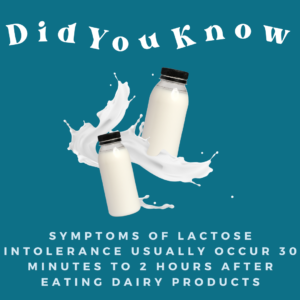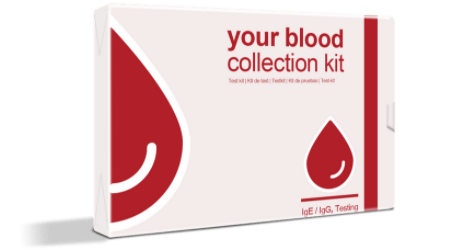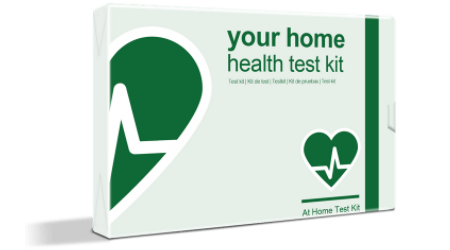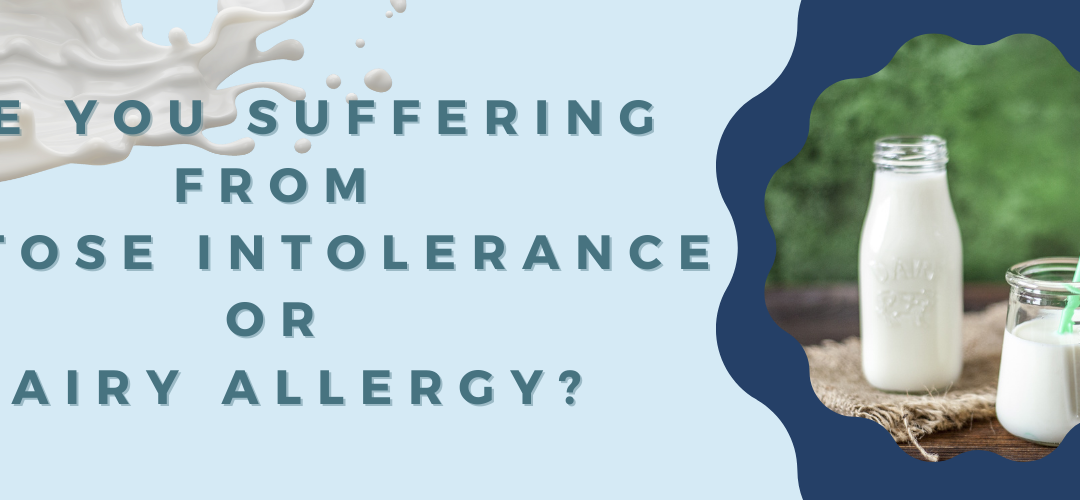Considering that we are mammals programmed to feed on milk in our childhood, it makes sense that a large part of the adult population suffers from lactose intolerance. Approximately, after four years, the production of the lactase enzyme begins to decline, eventually disappearing when you are an adult.
When adults consume lactose, a series of relatively mild but very unpleasant digestive problems are triggered, which make it very difficult to consume milk and its derivatives.
What is Lactose Intolerance?
With symptoms ranging from mild to serious, both milk allergy and lactose intolerance blight people’s lives. Dairy Allergy (also known as Milk Allergy or Cow’s Milk Allergy) is the most prevalent food allergy in early childhood – affecting up to 3% of infants. Lactose intolerance is far more common. While diagnosis rates are unknown, it’s estimated that as many as 65% of the global population are lactose intolerant.
The two conditions are quite different – dairy allergy is more serious – but are often confused with each other. This is actually quite dangerous. It’s important to know the difference between ‘lactose-free’ and ‘dairy-free’ when reading the labels on food products.
What is Dairy Allergy (or Milk Allergy)?
Common Lactose Intolerance Symptoms
People suffering from lactose intolerance can present one or several symptoms simultaneously. These discomforts are triggered after the ingestion of milk, its derivatives or products containing lactose. These are:
- Abdominal swelling.
- Abdominal pain.
- Abdominal distension.
- Abdominal sounds (borgorigmos).
- Gases.
- Diarrhoea.
- Stools with foul odor.
- Weight loss.
The symptoms of lactose intolerance are very similar to those produced by other digestive diseases such as Crohn’s disease, Celiac disease or milk protein intolerance, which is why it is very important to diagnose it adequately by means of suitable intolerance testing such as hydrogen-expired test, also called breath test with hydrogen.
How Do I Know if I’m Lactose Intolerant or Have a Milk Allergy?
Lactose intolerance can be difficult to diagnose. Doctors often ask people to keep a food diary and examine their family and dietary histories and prevalence of symptoms soon after meals. Physical exam and other invasive medical tests are also used. Diagnosing dairy allergy starts with a blood test then often involves follow-up procedures – including skin tests, hydrogen breath tests, lactose tolerance tests, milk tolerance tests and/or stool samples.
While diagnosing lactose intolerance or dairy allergies can often by complex and uncomfortable, The Intolerance Group’s one-step Dairy Allergy/Lactose Intolerance Tests offer the easiest, most convenient and least invasive ways of finding out if you’re allergic to dairy or lactose intolerant.
Interesting facts about lactose intolerance:
How It Works
Lactose is the sugar (disaccharide) component of milk. Lactose intolerance is the inability to properly digest and metabolize lactose. This occurs due to insufficient amounts of a naturally-occurring enzyme in the small intestine needed to break down lactose called lactase. Sufferers of lactose intolerance don’t have life-threatening symptoms – they’re less debilitating than those created by dairy allergies – but often suffer uncomfortable side effects.

How Long does it take appear?
Symptoms of lactose intolerance usually include gastrointestinal issues and occur 30 minutes to 2 hours after eating dairy products. They include bloating, cramping and abdominal pain, diarrhoea, gas, and nausea.
Living with Lactose Intolerance/Dairy Allergy
Since Dairy Allergy and Lactose Intolerance have two different causes, there are slightly different ways of managing the conditions. Managing Dairy Allergy involves completely eliminating cow’s milk protein from your diet – even a tiny amount of cow’s milk protein could trigger an allergic reaction. Lactose Intolerance may also be initially managed by eliminating cow’s milk protein from your diet. However, going entirely dairy-free is rarely needed in the long term. Some dairy products can often be carefully reintroduced into the diet – depending on the individual, following the guidance of a dietitian. In either case, it’s important to consult a healthcare professional before making any changes to your diet.
If you would like to know more about lactose intolerance then please take a look around allergytestireland.com and view our range of tests.



